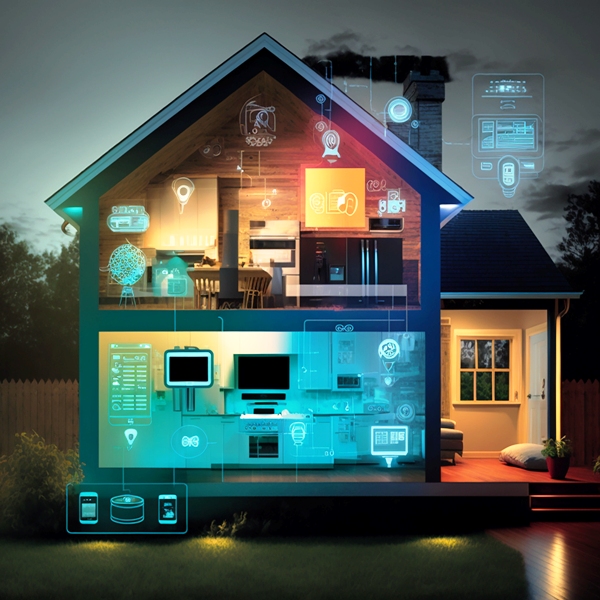Smart homes have revolutionized the way we live, offering convenience, efficiency, and connectivity like never before. With the integration of technology into our living spaces, it is crucial to understand the potential weaknesses that come with this advancement. In this blog post, we will delve into the vulnerabilities of smart homes, exploring the risks and challenges that users may face in this rapidly evolving domain.
- Privacy Concerns:
One of the primary weaknesses of smart homes lies in the potential compromise of privacy. As these systems collect vast amounts of personal data, including daily routines, preferences, and even sensitive information, there is an inherent risk of unauthorized access or data breaches. Users must be cautious about the security measures implemented by smart home devices and platforms to ensure their personal information remains protected. - Cybersecurity Risks:
Smart homes heavily rely on interconnected devices and networks, making them susceptible to cyber attacks. Hackers can exploit vulnerabilities in the system, gaining unauthorized access to control devices, monitor activities, or even manipulate critical functions. Weak passwords, outdated firmware, and unsecured Wi-Fi networks are common entry points for cybercriminals. It is crucial for users to regularly update software, use strong passwords, and employ robust network security measures to mitigate these risks. - Compatibility and Integration Challenges:
The smart home market is flooded with a wide range of devices from various manufacturers, leading to compatibility and integration challenges. Different devices may operate on different protocols, making it difficult for seamless communication and interoperability. Users may face frustrations when attempting to integrate devices from different brands or when upgrading their existing systems. Industry-wide standardization efforts are essential to address these compatibility issues and enhance user experience. - Reliability and Dependency:
Smart homes heavily rely on stable internet connectivity and power supply. Any disruption in these services can render the entire system non-functional, causing inconvenience and potential security risks. Power outages, network failures, or even simple technical glitches can disrupt the functioning of smart home devices, leaving users without control over their homes. Backup power solutions and reliable internet connections are crucial to mitigate these weaknesses. - Lack of User Awareness and Education:
Many users are unaware of the potential risks associated with smart homes or lack the necessary knowledge to secure their systems effectively. This lack of awareness makes them more susceptible to cyber threats and privacy breaches. Educating users about the vulnerabilities, best practices for securing their devices, and raising awareness about potential risks is vital to ensure a safer and more secure smart home environment.
Conclusion:
While smart homes offer numerous benefits, it is essential to acknowledge and address their weaknesses. Privacy concerns, cybersecurity risks, compatibility challenges, reliability issues, and user awareness gaps are among the key vulnerabilities that need attention. By understanding these weaknesses and implementing appropriate security measures, users can enjoy the advantages of smart homes while minimizing the associated risks. Stay informed, stay vigilant, and embrace the future of connected living responsibly.

